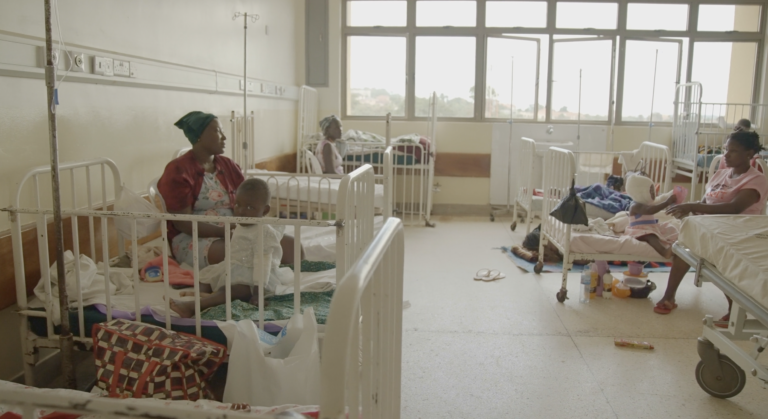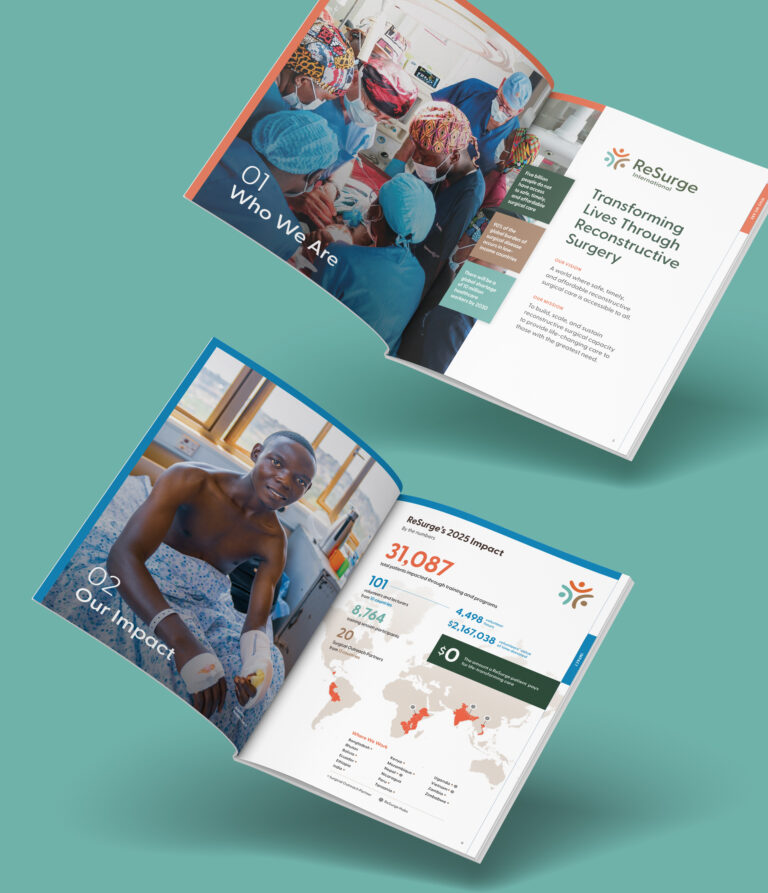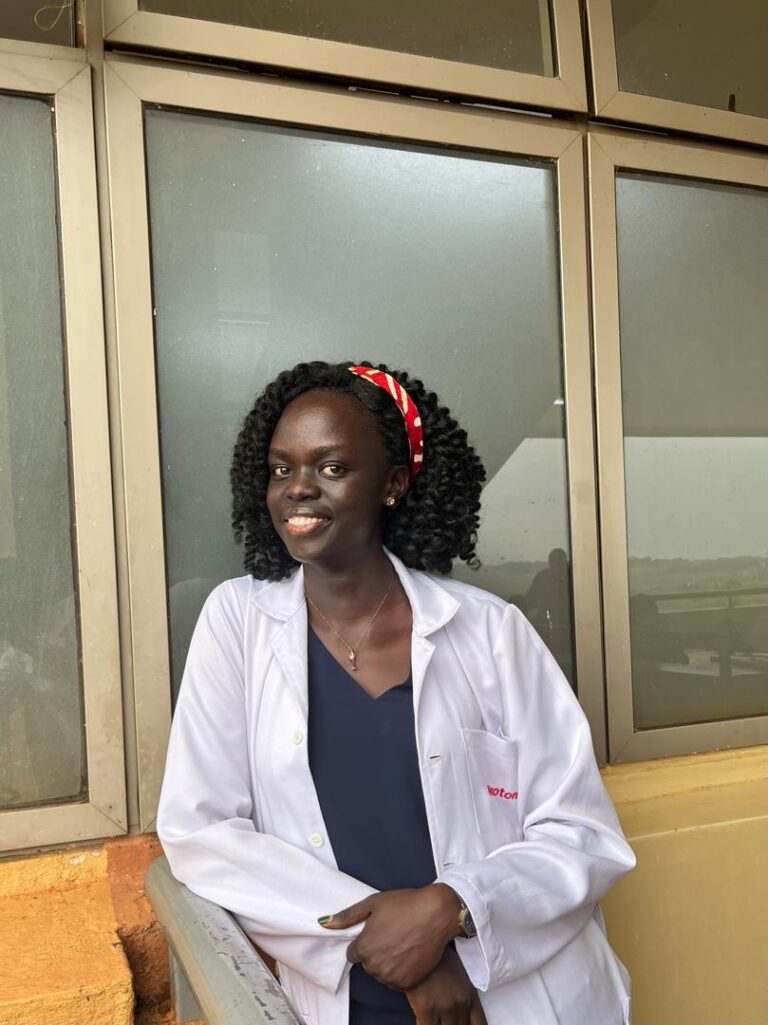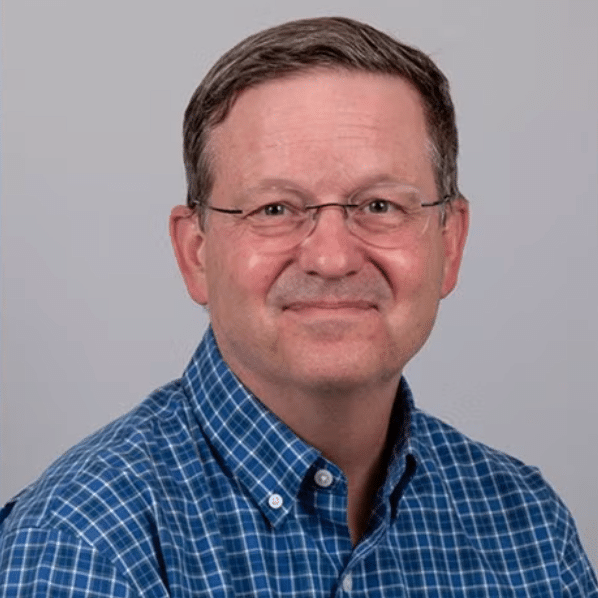*Original story posted on Inside Philanthropy on September 13, 2022 by Liz Longley
Big moves by big players drive stories, so Inside Philanthropy often covers major philanthropies. But smaller organizations also do impressive work on a different scale and earn our attention.
One such group is ReSurge International, a Silicon Valley-based global surgery nonprofit that trains, funds and scales reconstructive surgical teams in low- and middle-income countries (LMICs).
While smaller in size than more recognizable organizations with surgical missions, ReSurge’s global surgical mandate carries well beyond cleft palates. The organization works to address time-bound deformities caused by cancer, burns, traffic accidents and congenital malformations — all conditions that are treatable through reconstructive surgery, and that make it difficult for the people living with them to stay in the social and economic mainstream.
On a macro level, the global surgical burden is larger than one might expect. ReSurge reports that there’s an estimated shortfall of more than 5 million reconstructive surgeries in LMICs annually. Nearly 16.9 million people die each year from surgically preventable disease. That’s despite the fact that the World Bank ranks surgical interventions as one of the most cost-effective funding tactics, yielding $10 in productivity for every dollar invested.
Here are the important things to know about how a small-scale NPO is working to meet a large-scale mandate by sustaining key relationships and pivoting to local and virtual delivery systems.
Pioneering work
The organization was founded 52 years ago by Dr. Donald Laub, who served as chief of plastic surgery at Stanford University School of Medicine from 1968 through 1980.
In 1969, Laub founded the organization now known as ReSurge International and pioneered the practice of leading academic multidisciplinary teams on humanitarian trips to developing countries. After completing nearly 160 trips, he turned to mentoring and teaching.
Over time, the torch of stewardship has passed to other surgical leaders from Stanford. Today, ReSurge’s consulting medical officer is Dr. James Chang, chief of plastic and reconstructive surgery at Stanford University Medical Center. Other academic partners include Johns Hopkins Medicine and the American Society for Reconstructive Microsurgery.
To date, ReSurge has impacted more than 124,000 patients. This year alone, it’s provided training programs and direct care to nearly 18,000 patients. In 2020, revenues totaled roughly $4 million. Another $3 million came in through in-kind goods and services.
There is no cost to patients for direct surgical care.
An early pivot to local capacity
ReSurge works in places where the surgical problem is most acute, like sub-Saharan Africa, which has the largest shortage of care in the world, with only one reconstructive surgeon for every 10 million people.
Chief Program Officer Natalie Meyers said as the early medical missions evolved, teams discovered that need far outweighed the capacity to help, a situation that amounted to putting a “Band-Aid on a giant problem.” Recognizing that severe injury dictates timely access, it became a leader in the movement to build local capacity.
Rather than following the decades-long practice of flying in doctors and nurses from high-income countries for short-term stints in LMICs, Meyers explained that ReSurge has worked against employing a “drop-in-fly-in” model that doesn’t support its patients, who often need follow-up care.
Those sustainability efforts have yielded 17 surgical outreach partners in eight countries. Currently, 92% of all surgeries are performed by local partners.
“A golden lining”
If proof that on-the-ground presence is necessary, look no further than the pandemic, when an estimated 90% of fly-in medical missions ground to a halt. In short order, the ubiquitous nature of virtual platforms like Zoom became a boon for remote learning and ReSurge expanded accordingly.
In 2021, ReSurge reported that 636 surgeons attended lectures and virtual trainings, a number that swelled to 2,803 in the first year of the pandemic. That same year, the number of countries it worked in grew from 17 to 31.
After overcoming obstacles like meeting data costs for trainees and creating e-learning centers, Resurge CEO Jeff Whisenant told NPR that “the tragic pandemic had not a silver lining, but a golden one,” resulting in “more care being provided by local providers.”
This fiscal year, ReSurge counts more than 3,000 participants in its virtual training programs, with impact across 33 countries.
A ripple effect
ReSurge International relies mostly on private philanthropy. Individual donors accounted for 65% of revenue this year — 4% of whom made gifts above $10,000. Another 15% of funds raised comes from foundations. Corporation partners like SkinCeuticals and Dentons represented 10%.
They largely fund the future. ReSurge International points to the “ripple effect” of its multigenerational work.
The organization believes that training one partner in Nepal on a career-long surgical skill can generate an economic impact of around $25 million and reach 9,000 patients, and so on, as training expands, transforming the future.
That’s another golden lining.





